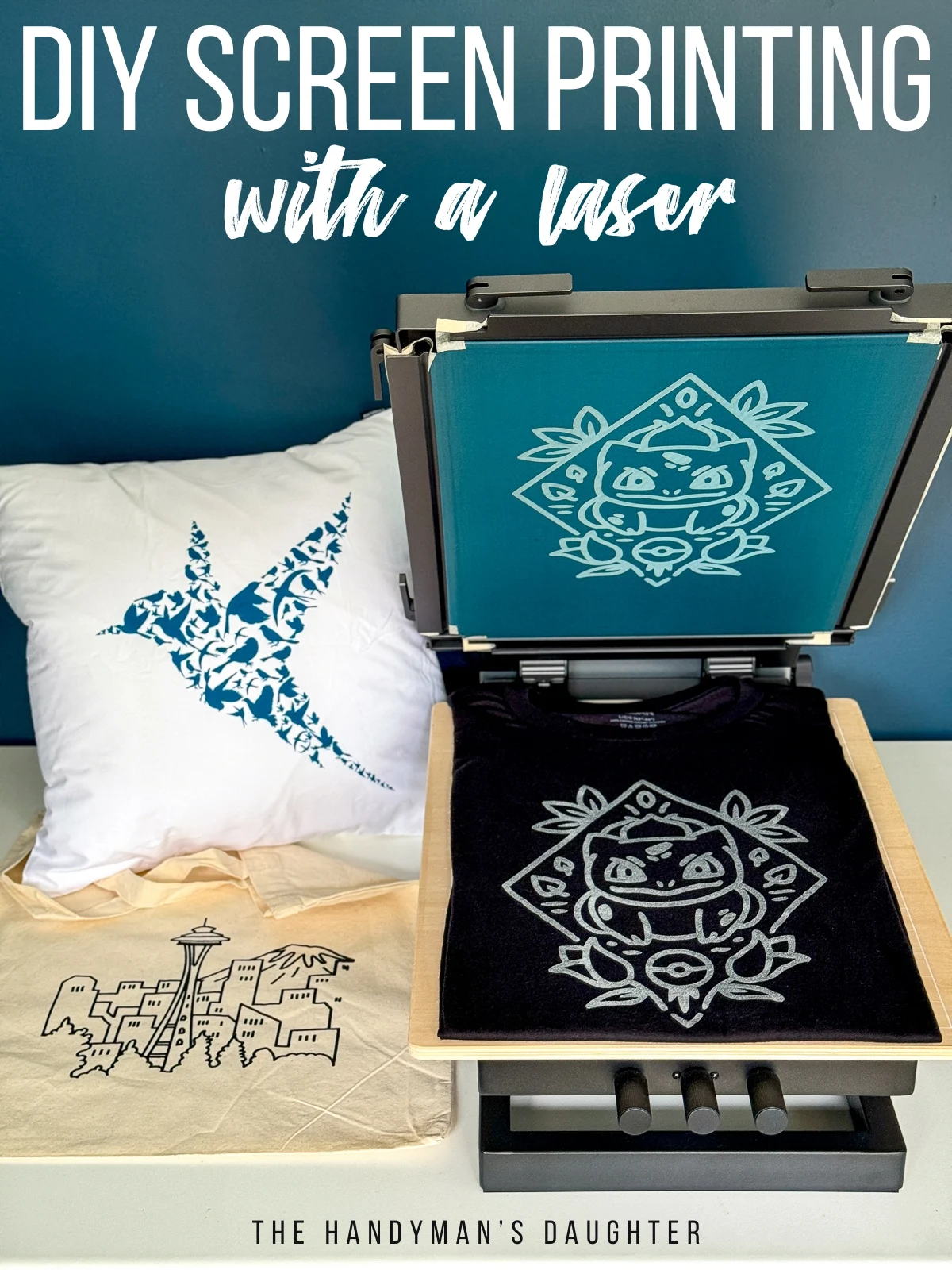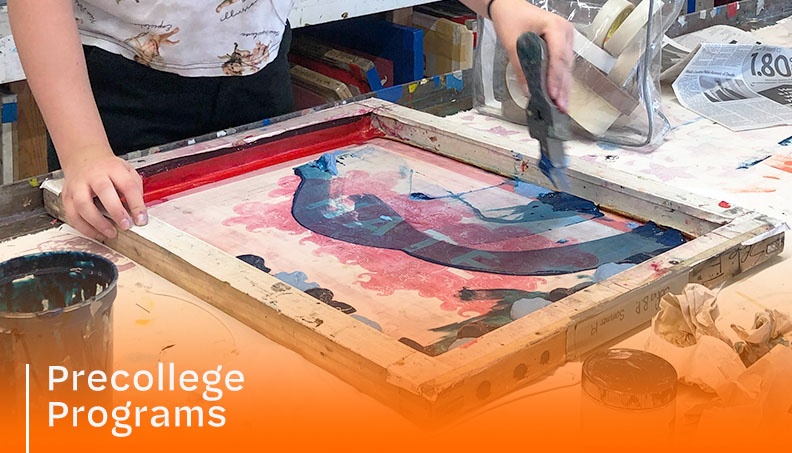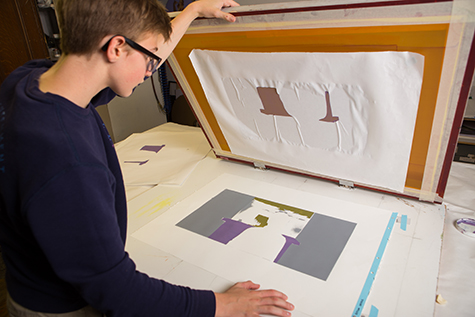ChatGPT said: Why 10:9 Design Screen Printing is perfect for corporate gear
The Crucial Overview to Recognizing Screen Printing and Its Versatile Makes use of
Screen printing has an abundant background that dates back to ancient times, evolving into an advanced method made use of across different markets today. This overview discovers the ins and outs of the screen printing process, outlining its applications in home, fashion, and advertising and marketing decoration - 10:9 Design Screen Printing. Comprehending these principles can open up innovative possibility for both commercial and artistic projects. The following areas will reveal vital suggestions and methods to enhance one's screen printing endeavors
The Background of Screen Printing
Although screen printing has roots that trace back centuries, its advancement reflects the creative and technical developments of different societies. Coming from ancient China, the method was at first used for decorating textiles and later infect Japan, where it came to be indispensable to Ukiyo-e woodblock printing. The method moved to Europe in the 18th century, where it obtained appeal among craftsmens and business printers. The creation of image emulsion in the 20th century revolutionized screen printing, permitting more intricate designs and better efficiency. Artists like Andy Warhol even more thrust its popularity, utilizing the tool to develop legendary works that combined commercialism and art. By the late 20th century, screen printing had actually developed itself as a versatile method, employed in fashion, advertising and marketing, and great art. Today, it remains to develop, incorporating electronic innovation and expanding its applications across numerous sectors.
The Screen Printing Process Explained
Screen printing changes artistic visions into substantial layouts via a series of specific actions. A picture is developed and after that moved onto a screen, typically made of fine mesh textile stretched over a framework. A light-sensitive solution is used to the screen, which is exposed to light, hardening in areas not covered by the photo. After cleaning out the unhardened emulsion, a stencil is developed.
Next off, the screen is put over the substratum, whether it be material, paper, or another product. Ink is after that pushed through the open areas of the stencil utilizing a squeegee, transferring the design onto the substratum listed below. This procedure can be duplicated for numerous colors, requiring different displays for every color. The printed item is treated utilizing warmth to assure the ink adheres properly, resulting in a durable, dynamic style prepared for usage.
Sorts Of Screen Printing Techniques

In addition, specialized strategies, such as discharge screen printing, get rid of color from the textile to develop softer prints, while foil screen printing uses metallic foil to accomplish a shiny surface (10:9 Design Abilene). Each technique offers distinct attributes, satisfying different innovative requirements and production scales, ultimately broadening the opportunities within the screen printing domain name
Applications of Screen Printing in Numerous Industries

Furthermore, the signs and advertising markets utilize screen printing for creating distinctive screens and banners. This method enables for vibrant shades and intricate styles that capture attention. In electronics, screen printing is used for using conductive inks to motherboard, important for component connections. The home décor market welcomes screen printing to create distinctive styles on textiles and wall surface art. Generally, screen printing works as a critical tool throughout diverse areas, enhancing items with personalized and aesthetically appealing graphics.
Tips for Successful Screen Printing Projects
While carrying out a screen printing project, cautious attention to detail can substantially enhance the last outcome. Picking premium products is important; this consists of the screen, inks, and substrates. Utilizing proper mesh matters can impact ink deposition and information resolution. Preparation is equally important; complete cleaning of displays and appropriate direct exposure times assure crisp prints.
Next off, exact registration is important for multi-color prints. Utilizing alignment tools can aid attain accurate layering. Additionally, screening prints on scrap more info products before manufacturing aids identify potential issues without throwing away resources.

Often Asked Inquiries
What Products Are Best for Screen Printing on Fabric?
Cotton and polyester blends are perfect for screen printing on textile due to their sturdiness and ink absorption. Furthermore, specialized materials like silk or canvas can produce unique structures and coatings, improving the total layout quality.
Exactly how Do I Tidy and Maintain Screen Printing Tools?
To clean up and maintain screen printing tools, one should on a regular basis clean screens with suitable solvents, check squeegees for wear, lube relocating components, and store all items in a dry, dust-free atmosphere to extend their life-span.
What Are the Ecological Impacts of Screen Printing?
Screen printing can have significant environmental influences, including chemical waste from solvents and inks, water use during cleaning processes, and energy usage. Lasting methods and environment-friendly products are crucial for reducing these unfavorable effects.
Can Screen Printing Be Done in the house Effectively?
Screen printing can be properly done at home with the appropriate materials and techniques. Enthusiasts can produce high quality prints, though success depends on their skill degree, devices, and understanding of the process entailed.
What Are the Expenses Connected With Starting a Display Printing Service?

Beginning a screen printing service includes expenses for equipment, products, and workspace. First expenses typically vary from a few hundred to numerous thousand dollars, depending on the range, high quality of equipment, and preferred manufacturing capability.
Screen printing has an abundant history that dates back to old times, progressing into a sophisticated strategy utilized throughout various sectors today. Another strategy, rotating screen printing, employs cylindrical displays, assisting in continuous printing on material rolls, therefore enhancing performance for large-scale productions. In addition, specialty strategies, such as discharge screen printing, remove dye from the fabric to create softer prints, while aluminum foil screen printing applies metal foil to achieve a shiny finish. In the style market, screen printing is widely utilized to produce lively styles on garments, allowing brand names to showcase their special styles. Cotton and polyester blends are ideal for screen printing on fabric due to their toughness and ink absorption.